Like all good stories, this one begins under the cloak of darkness… Having been photographing friends, mostly in nightclubs and gig venues with 35mm compacts (and the odd rangefinder) for the past decade or so I had become increasingly frustrated by the usual annoyances that 35mm compacts are famed for, namely the lack of flash control.
A combination of work and questionable life choices lead me on a quest for something quick, good in low light, and that was going to fit easily in a jacket pocket. After a multitude of cameras that were either too bulky, too fiddly to turn the flash off, too flimsy (I’ve killed a fair few) or just a bit rubbish; the Fuji Natura Black found it’s way into my life and my heart. The answer to a decade old question was finally answered.
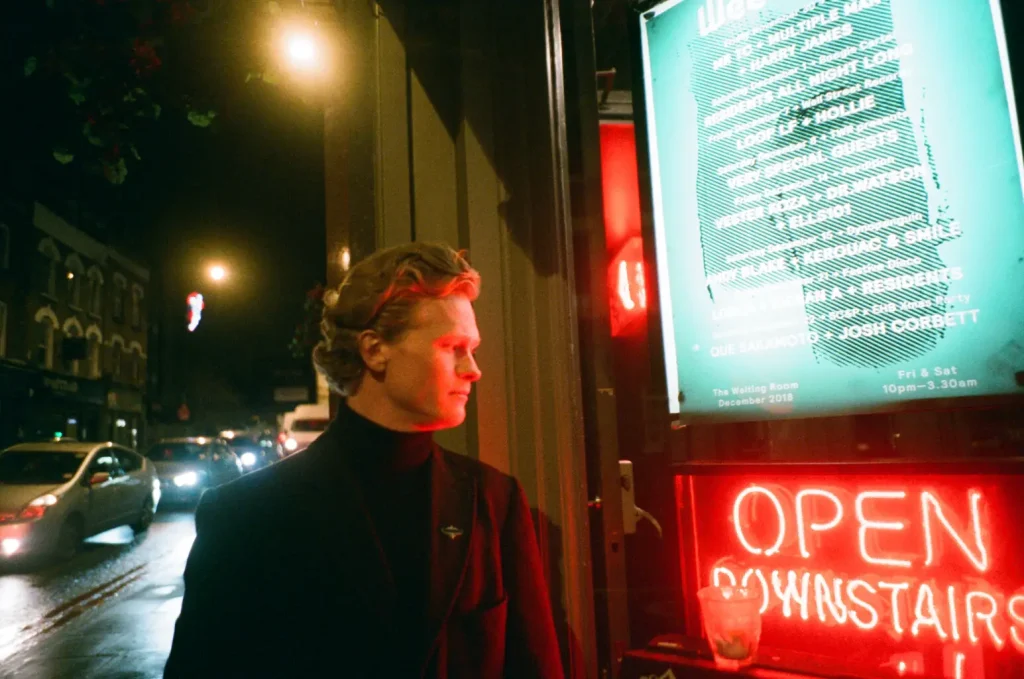
Released in Japan in 2001 the Fuji Natura Black had a five year life cycle and a handful of colour variants that were more broadly referred to as the Fuji Natura S. With an incredible f/1.9 lens (only matched in a compact by Canon AF35ML) these cameras were designed specifically for low light shooting and to be used with the only recently discontinued Natura 1600 ISO film, also made by Fuji.
Shooting film below 1600 ISO in the Fuji Natura Black, the age old problem is present… The Japanese menu is simple enough for the layman to navigate and turn the flash off but, surprise surprise, you will have to do it every time you turn the camera back on. The only saving grace is that the camera won’t automatically shut down for a full five minutes, which feels more generous than much of the competition. When not in NP mode, which I’ll get to shortly, the date menu is replaced by an exposure compensation control allowing up to +/-2 in 0.5 stops. Beyond some typical flash controls and infinity focus there is little to no control over anything else, which is what we’ve all come to expect from all but a handful of elite compacts, by this point anyway.
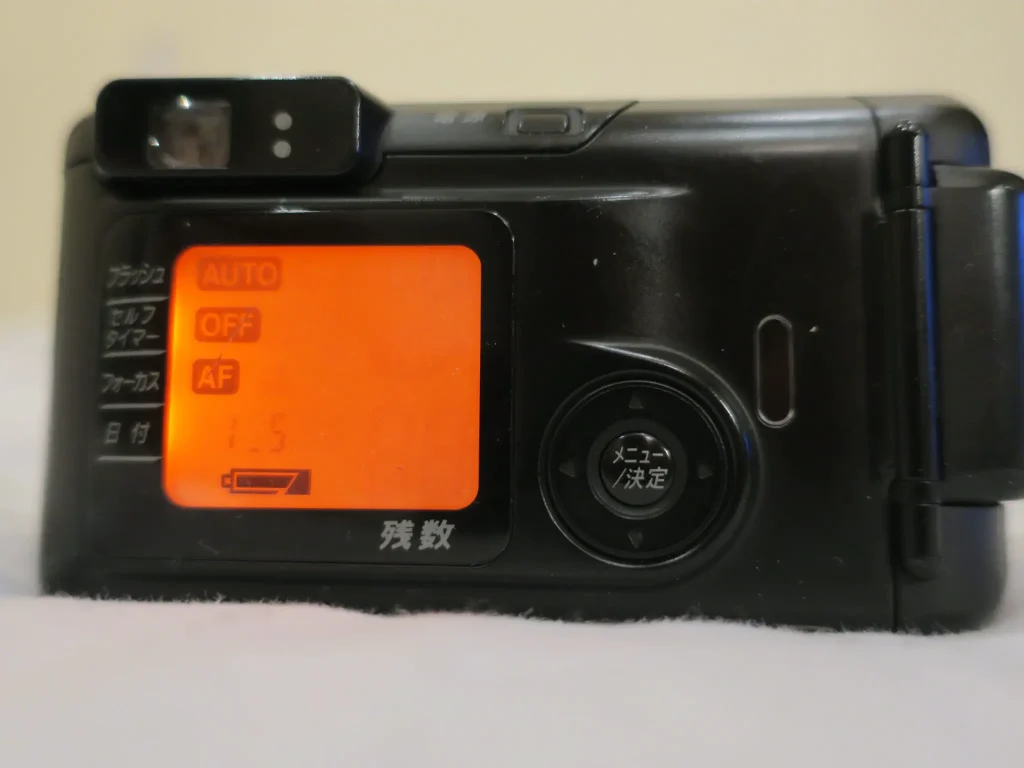
It’s when the Fuji Natura Black is loaded with any film rated 1600 or higher (not 800 ISO in my experience) that the camera really comes into its own, entering it’s acclaimed NP Mode. This mode automatically disables the flash, preferences faster shutter speeds and opens the lens to its widest setting allowing the ambient light to do what’s left of the work. With it’s truly pocketable form factor and satisfyingly snappy mechanics this really feels like a true night-time point and shoot. I’ve used it in clubs and bars, on night buses and at gigs without missing a beat, even the LCD panel is backlit! It feels like everything you want from a P&S, but heavily weighted towards the darkness.
I suppose the biggest drawback to NP mode is probably the level of confidence you feel compelled to give over to it thanks to the consistently good results. I’ve taken a handful of shots that have come out extremely grainy and unusable because there just wasn’t enough light to make the shot work and the camera itself doesn’t want to shoot below around 1/3rd second in NP mode regardless of how little available light there may be.
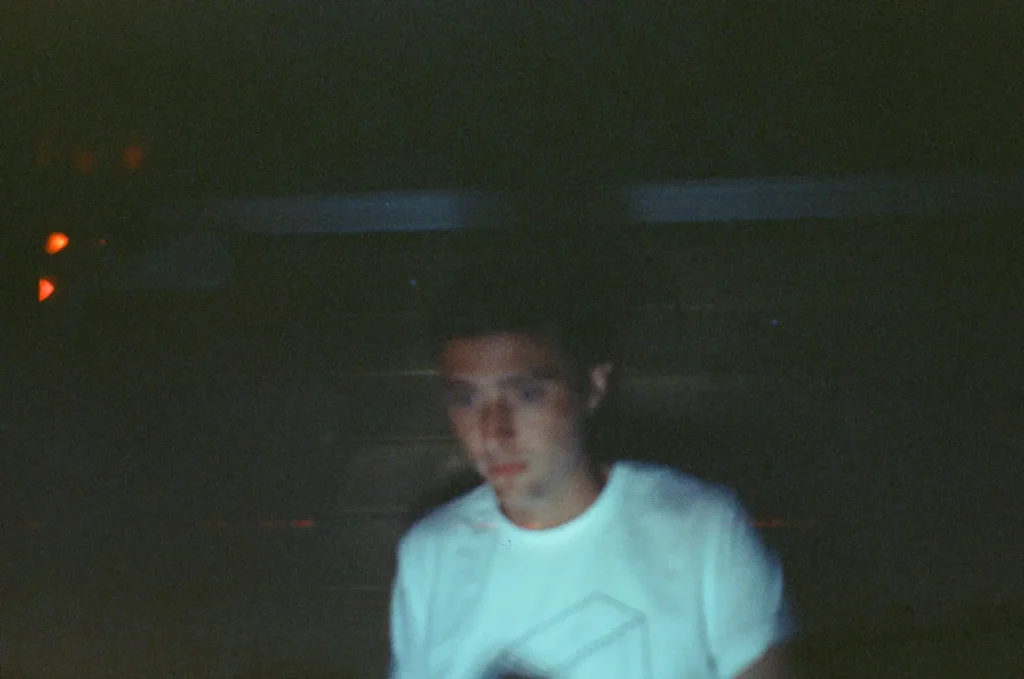
But in all honestly, if you have just enough ambient light, which is often less than you’d expect, you will get lovely results even if you don’t possess the steadiest of hand.
The Fuji Natura Black is not going to be everyone’s cup of tea… the 24mm lens feels, at times, ridiculously wide and seems like a weird choice given what the camera is designed for. It also suffers from perpetual focusing issues from about 1m down to its rated minimum of 0.4m, it also has a well documented tendency to vignette (which is not something that bothers me) and a stingy shutter speed range 1-1/360s. It does however posses one of the most thoughtful design features of the era, the film feeds back in to the canister meaning shot photos are safe in the canister, which is always appreciated.
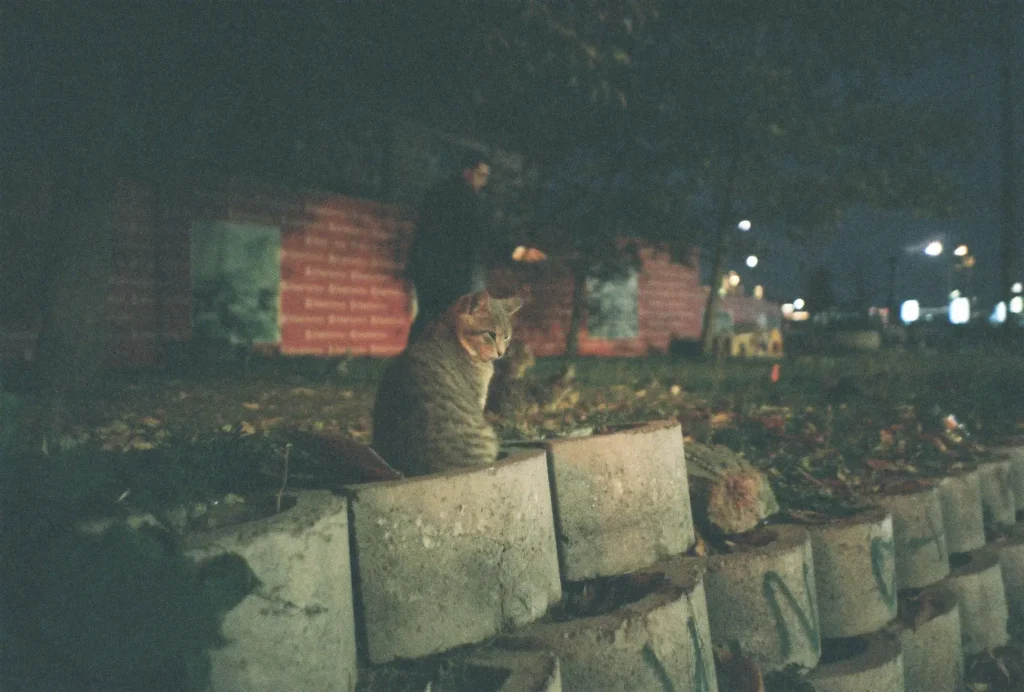
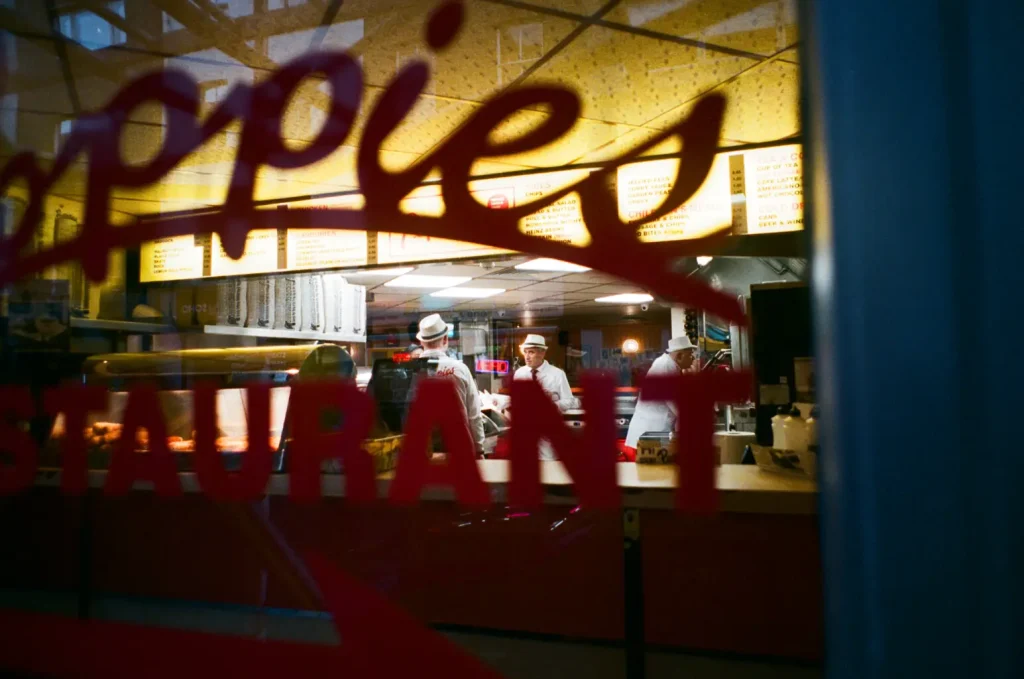
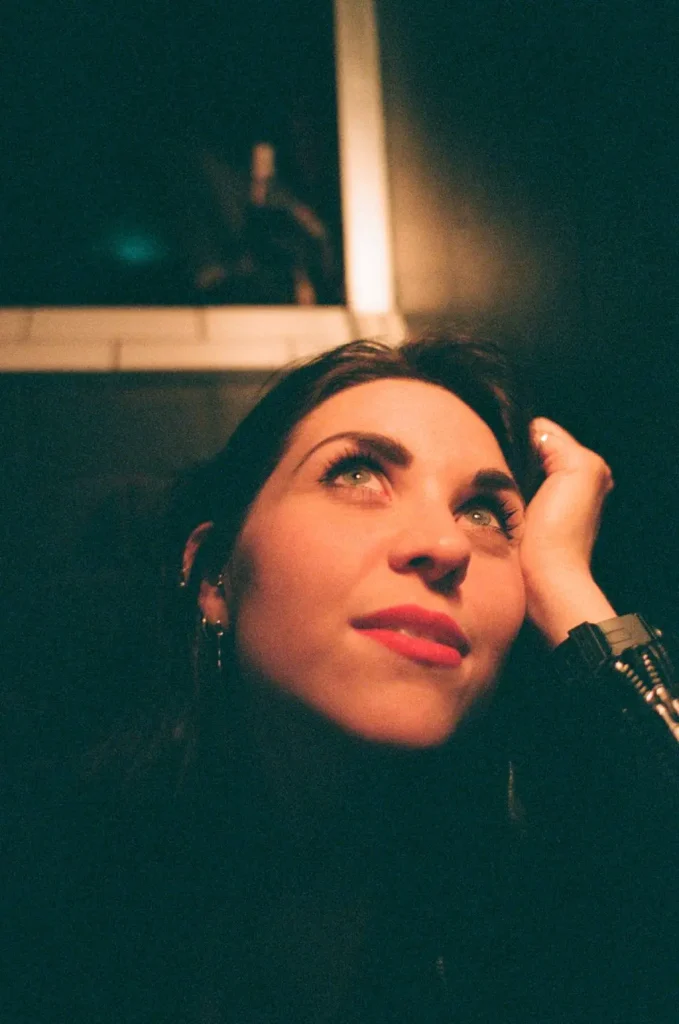
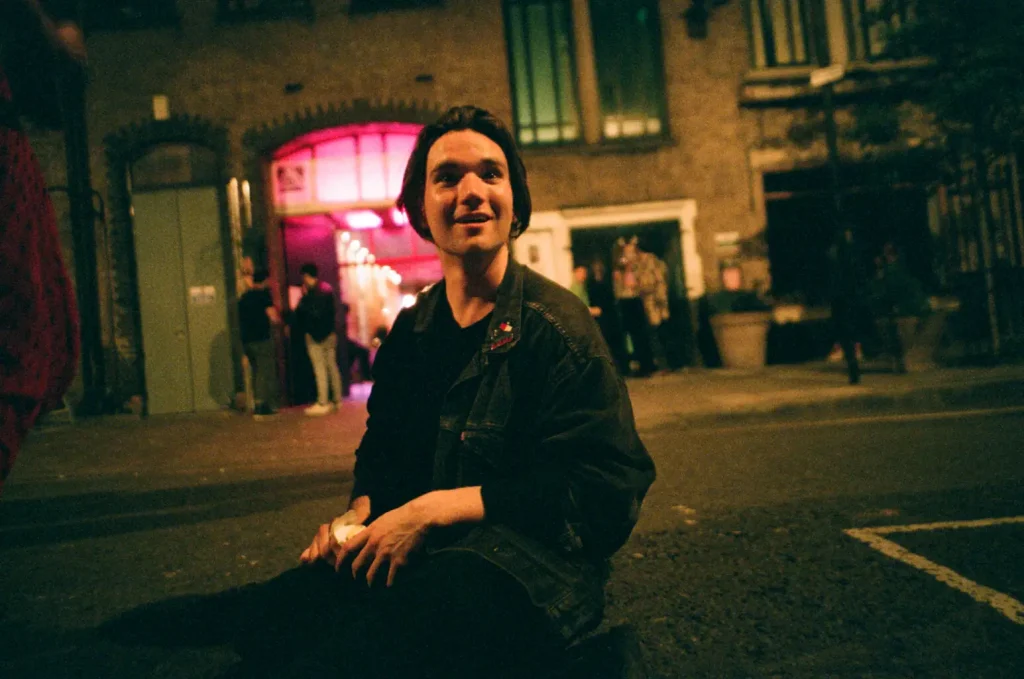
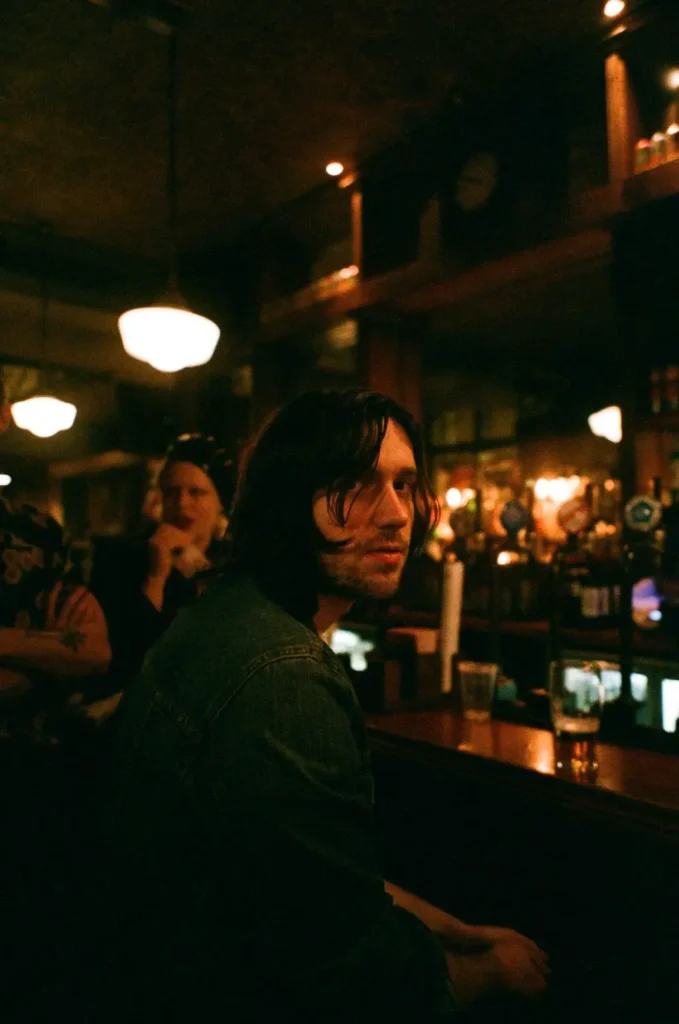
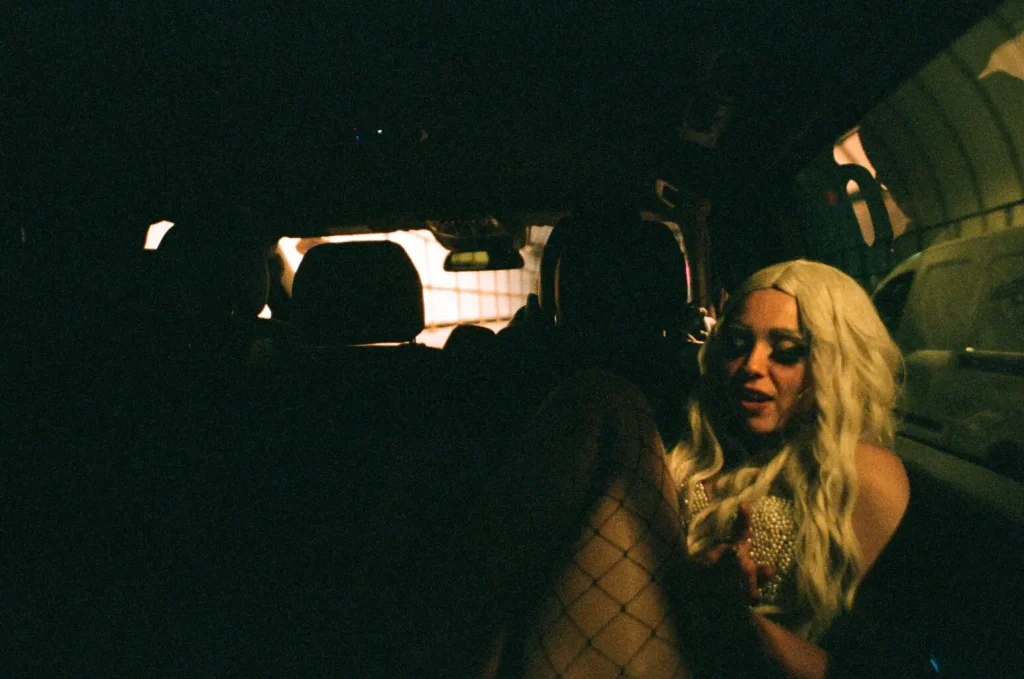
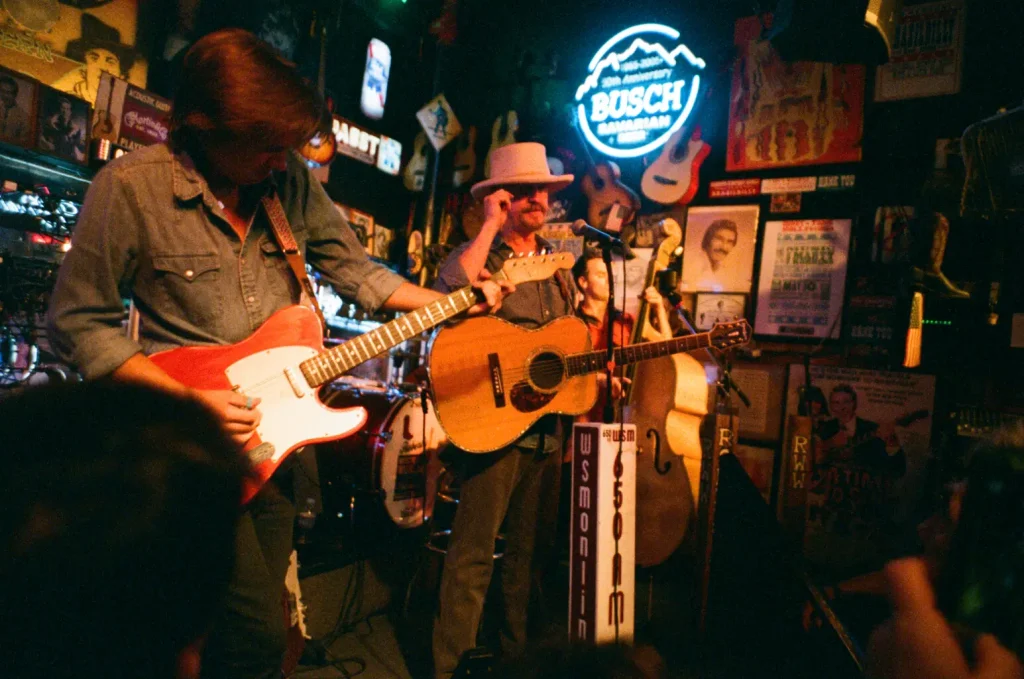
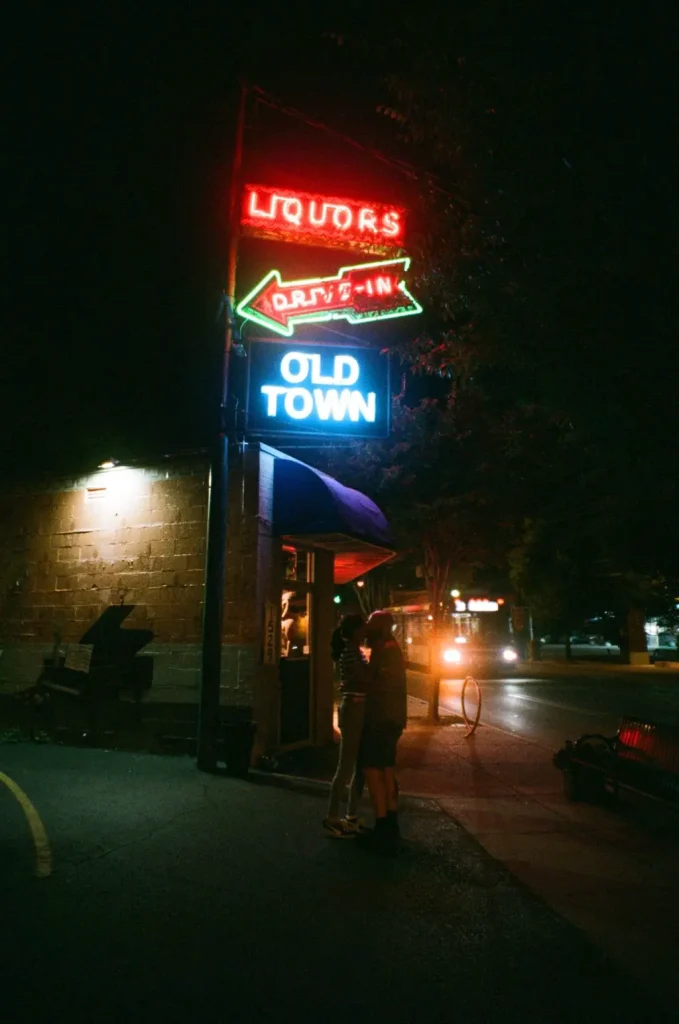
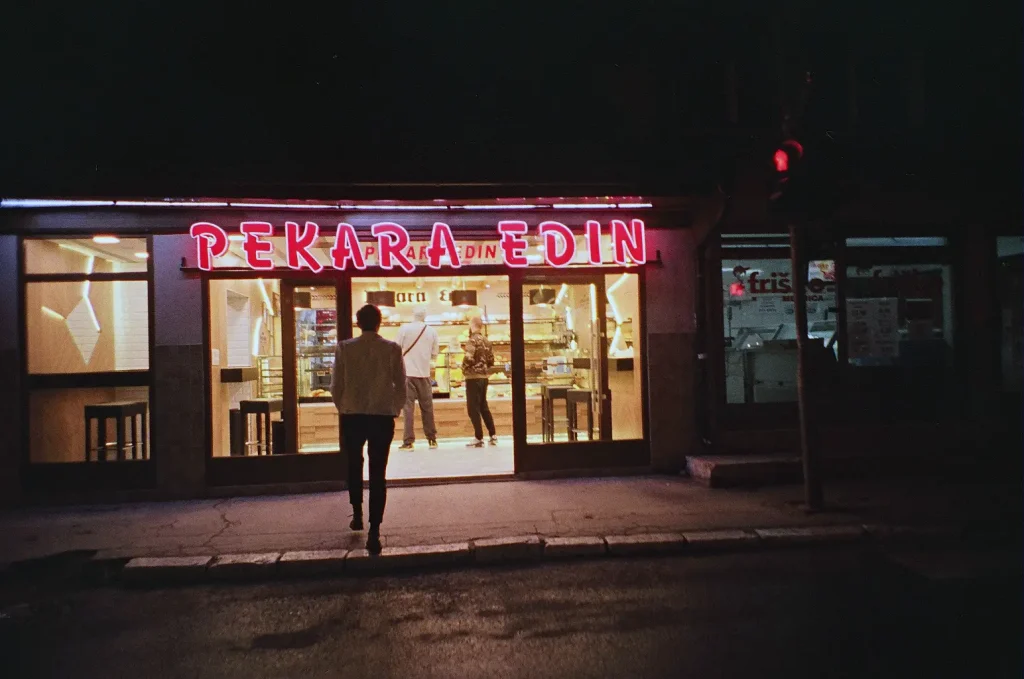
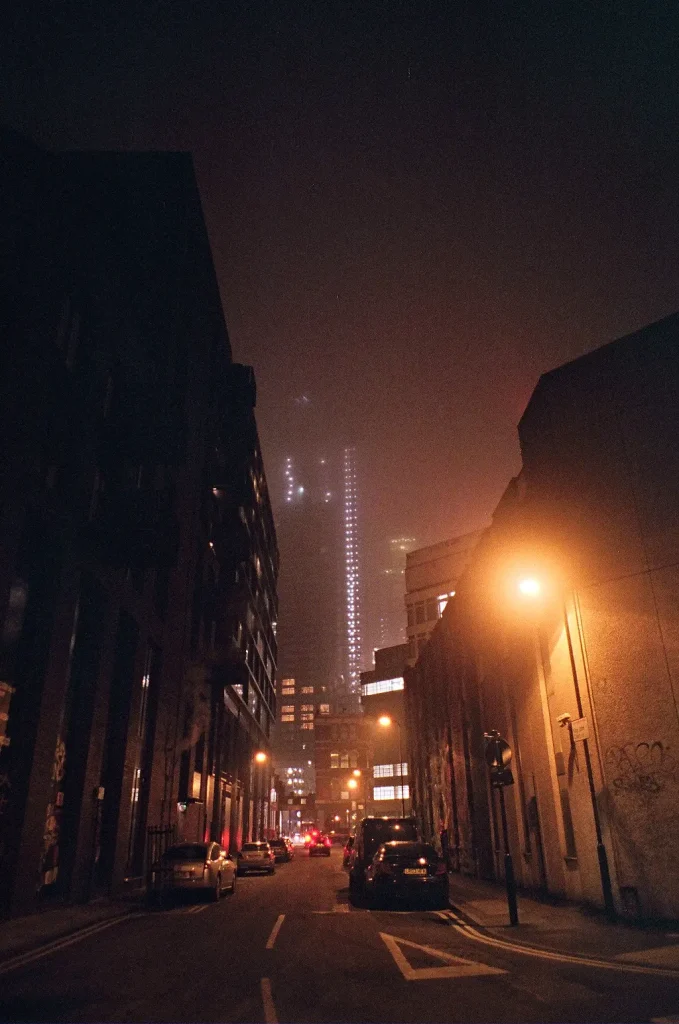
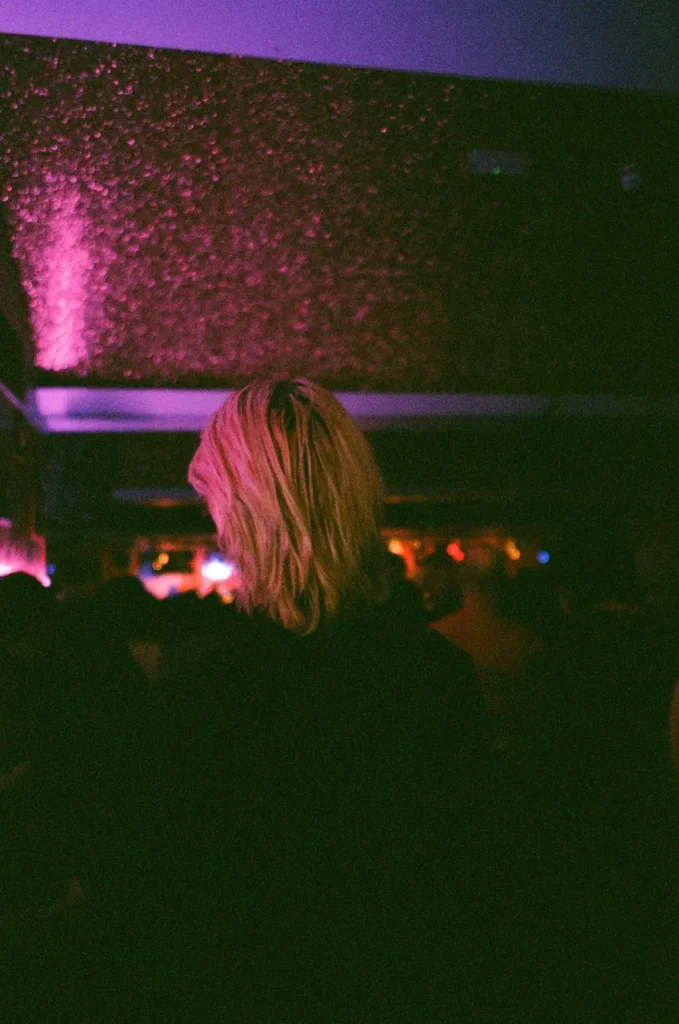
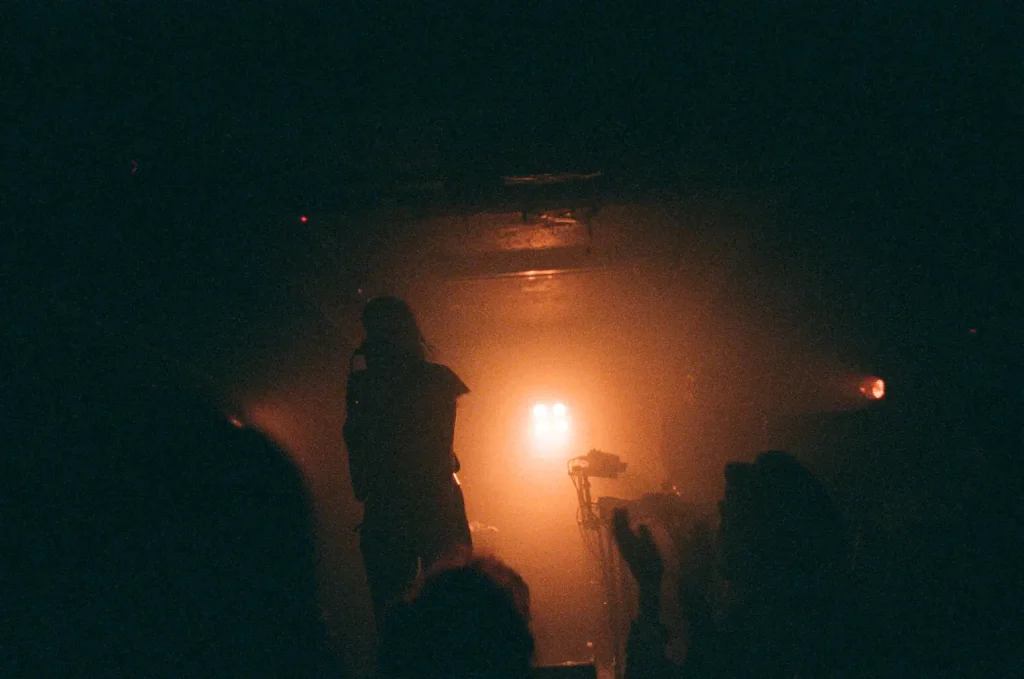
Ultimately, the Fuji Natura Black is a sturdy and unique little machine, it will fit in any jacket pocket or in the back of your jeans and will take wonderful photos with confidence in the most challenging lighting conditions. The focusing and vignetting might be off-putting for some but for me they’re charming compromises for that ultra-fast lens and premium design.
I was lucky enough to pick my Fuji Natura Black up at a significant discount thanks to a dent on the lens barrel and some cosmetic damage but it feels like a sturdy enough friend, withstanding many a late night and early morning. I’ve mostly been using the Natura 1600 film and until my supply of that runs out, this camera will not be leaving my pocket after 4pm…
Thanks for reading and you can see more of my photos from an array of 35mm compacts, rangefinders and SLRs here: @entitledtodance
Share this post:
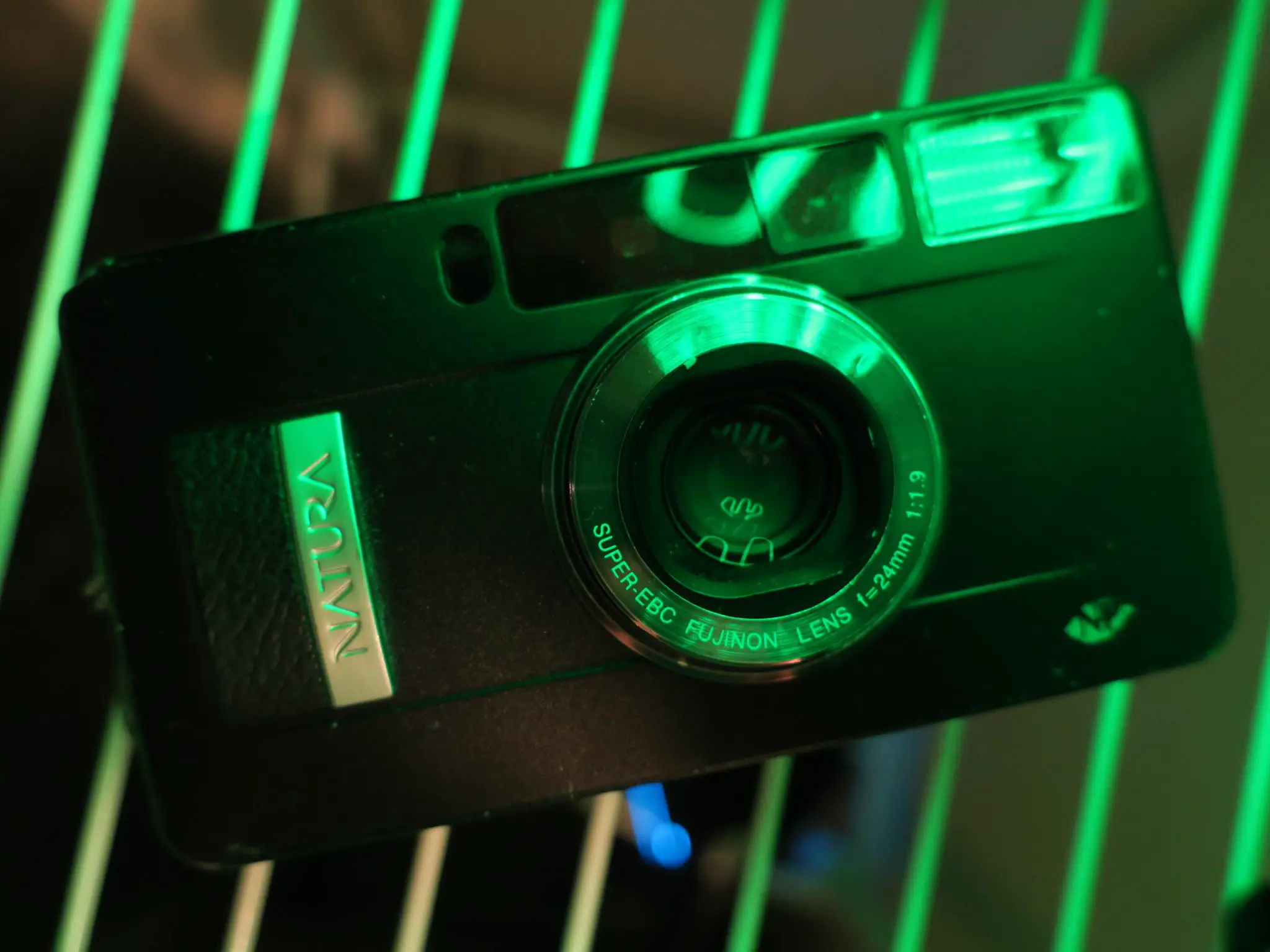








Comments
Michael Raven on Fuji Natura Black Review – For Late Night Shooting – By Marcus Harris
Comment posted: 18/01/2019
Comment posted: 18/01/2019
Comment posted: 18/01/2019
Comment posted: 18/01/2019
Bernhard on Fuji Natura Black Review – For Late Night Shooting – By Marcus Harris
Comment posted: 18/01/2019
Jack Johnson on Fuji Natura Black Review – For Late Night Shooting – By Marcus Harris
Comment posted: 19/01/2019
There's a good recap of the lens choice and reasoning behind NP mode here: https://www.rangefinderforum.com/forums/showpost.php?p=223672&postcount=32
Comment posted: 19/01/2019
fabien L on Fuji Natura Black Review – For Late Night Shooting – By Marcus Harris
Comment posted: 24/01/2019